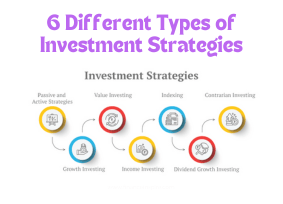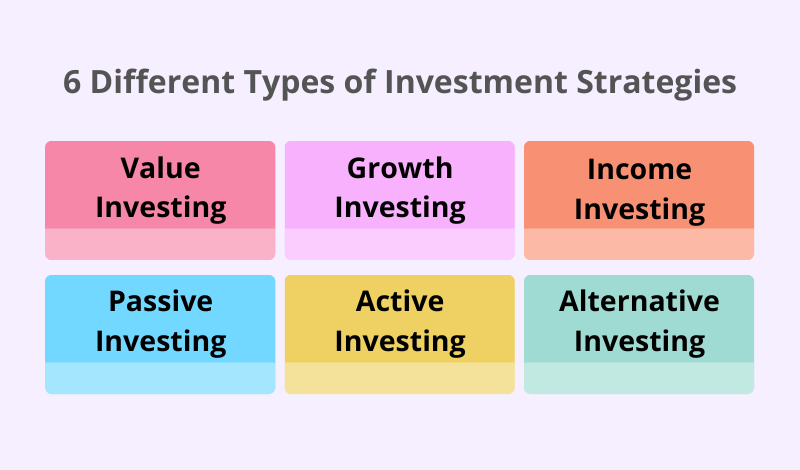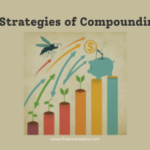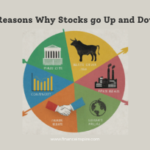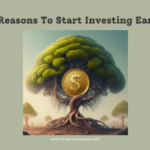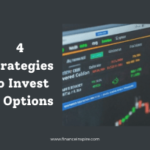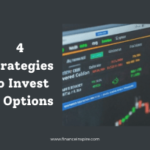Navigating the Investment Landscape: Different Types of Investment Strategies Explored
Investing is a crucial aspect of building wealth and securing your financial future. However, with a wide range of investment options and strategies available, it can be overwhelming for investors to choose the approach that best suits their goals and risk tolerance. In this blog post, we’ll explore six different types of investment strategies, providing you with a comprehensive understanding of each approach and helping you determine the one that aligns with your investment objectives.
1. Value Investing:
Value investing is a strategy that focuses on identifying and investing in undervalued stocks or assets. The premise of this approach is to buy stocks that are trading at a discount to their intrinsic value, with the expectation that the market will eventually recognize their true worth, leading to price appreciation.
Value investors typically look for companies with strong fundamentals, such as a low price-to-earnings (P/E) ratio, a high dividend yield, or a low price-to-book (P/B) ratio. They analyze a company’s financial statements, management, competitive advantages, and growth prospects to determine its intrinsic value. By purchasing undervalued stocks, value investors aim to generate returns through capital appreciation when the market eventually recognizes the company’s true value.
This strategy requires patience, discipline, and a contrarian mindset, as value investors often go against the prevailing market sentiment. It can be particularly effective during market downturns when stocks become undervalued due to investor pessimism.
Fundamental Analysis
Value investors rely heavily on fundamental analysis, which involves studying a company’s financial statements, management team, competitive landscape, and other qualitative and quantitative factors to assess its true value.
Margin of Safety
A key principle of value investing is the “margin of safety,” which refers to buying assets at a significant discount to their intrinsic value, providing a buffer against potential risks and misjudgments.
2. Growth Investing:
Growth investing is a strategy that focuses on investing in companies with above-average growth potential. Growth investors seek out companies that are expected to experience rapid revenue and earnings growth, often in emerging or innovative industries.
When evaluating potential investments, growth investors look for companies with strong earnings growth, high profit margins, and a competitive advantage that can sustain their growth trajectory. They are willing to pay a premium for these stocks, as they anticipate that the company’s future earnings and cash flows will justify the higher valuation.
This strategy typically involves a higher degree of risk, as growth stocks often trade at elevated valuations, making them more susceptible to market volatility. However, the potential rewards can be substantial if the company’s growth projections are realized or exceeded.
High-Growth Sectors
Growth investors often target companies in sectors such as technology, healthcare, and consumer discretionary, where innovation and changing consumer trends drive growth opportunities.
Future Earnings Potential
Growth investors place a premium on a company’s future earnings potential rather than its current valuation, as they believe that strong growth will ultimately translate into higher stock prices.
3. Income Investing:
Income investing is a strategy that focuses on generating a steady stream of income from investments. This approach is often favored by investors seeking a reliable source of passive income, such as retirees or those nearing retirement.
Income investors typically invest in assets that generate regular income payments, such as dividend-paying stocks, bonds, real estate investment trusts (REITs), or fixed-income securities. They prioritize investments with high dividend yields or interest rates, aiming to maximize their income stream while preserving capital.
This strategy can provide a stable source of income, but it may offer limited capital appreciation potential. Income investors must carefully balance the need for income with the risks associated with their investments, such as interest rate fluctuations or credit risks in the case of bonds.
Dividend-Paying Stocks
Dividend-paying stocks, particularly those with a history of consistent and increasing dividend payments, are a common choice for income investors.
Fixed-Income Securities
Fixed-income securities, such as bonds, are another popular option for income investors, as they provide regular interest payments and a known maturity date when the principal is returned.
4. Passive Investing:
Passive investing is a strategy that involves investing in broad market indices or exchange-traded funds (ETFs) that track these indices. The goal of passive investing is to replicate the performance of the overall market or a specific segment of the market, rather than attempting to outperform it through active management.
Passive investors typically invest in low-cost index funds or ETFs that aim to track the performance of well-known indices like the S&P 500, the Dow Jones Industrial Average, or the NASDAQ Composite. By diversifying across a broad range of securities, passive investing minimizes the impact of any individual security’s performance on the overall portfolio.
This strategy is based on the belief that it is difficult to consistently outperform the market through active management, and that the associated costs and risks often outweigh the potential benefits. Passive investing offers a cost-effective and simple approach to building a diversified portfolio.
Index Funds and Exchange-Traded Funds (ETFs)
Index funds and exchange-traded funds (ETFs) are the primary vehicles used in passive investing, allowing investors to gain broad exposure to a particular market or asset class at a relatively low cost.
Buy-and-Hold
Passive investors generally employ a buy-and-hold strategy, holding their investments for the long term and minimizing transaction costs and potential trading errors.
5. Active Investing:
Active investing is a strategy that involves actively managing a portfolio with the goal of outperforming a benchmark or the overall market. Active investors rely on in-depth research, analysis, and expert judgment to identify and capitalize on market opportunities.
Active investors employ various techniques, such as fundamental analysis (evaluating a company’s financial health and growth prospects), technical analysis (studying price and volume trends), or a combination of both. They may also employ strategies like stock picking, market timing, or sector rotation to generate returns.
This approach requires significant time, effort, and expertise, as active investors must continuously monitor and adjust their portfolios based on market conditions and individual security performance. Active investing typically involves higher fees and costs compared to passive investing, as active managers often charge management fees for their services.
Stock Picking
Active investors often engage in stock picking, carefully selecting individual stocks they believe will outperform based on their research and analysis.
Tactical Asset Allocation
Tactical asset allocation is a strategy used by active investors to dynamically adjust the asset allocation of their portfolio based on changing market conditions and investment opportunities.
6. Alternative Investments:
Alternative investments refer to asset classes that fall outside the traditional categories of stocks, bonds, and cash. These investments can include real estate, commodities, hedge funds, private equity, and other specialized strategies, which are part of the Different Types of Investment Strategies available.
Alternative investments are often used to diversify a portfolio and potentially enhance returns or reduce overall risk. They may exhibit low correlations with traditional asset classes, which can help mitigate portfolio volatility during market downturns.
However, alternative investments can be complex, illiquid, and carry higher risks. They may also have higher fees and minimum investment requirements, making them less accessible to some investors. Proper due diligence and understanding of the underlying risks and strategies are crucial when considering alternative investments as part of the Different Types of Investment Strategies.
Private Equity and Venture Capital
Private equity and venture capital involve investing in privately held companies, often with the goal of helping them grow and eventually exiting through an initial public offering (IPO) or acquisition.
Hedge Funds
Hedge funds are actively managed investment vehicles that employ a variety of strategies, including leverage, short-selling, and derivative instruments, to generate returns that are largely uncorrelated with traditional markets.
Conclusion: Different Types of Investment Strategies
Choosing the right investment strategy is a crucial decision that can significantly impact your financial journey. By understanding the Different Types of Investment Strategies available, you can align your approach with your investment goals, risk tolerance, and personal circumstances.
Remember, no single strategy is universally superior; each approach has its own strengths, weaknesses, and suitability for different investors. It’s essential to conduct thorough research, seek professional advice if needed, and regularly review your investment portfolio to ensure it aligns with your evolving financial objectives.
Diversification across multiple asset classes and Different Types of Investment Strategies can also be a prudent approach to managing risk and capturing potential returns from various market conditions. Ultimately, the key to successful investing lies in developing a well-crafted strategy tailored to your specific needs and consistently adhering to it over the long term.
